

Uh oh...
It appears that you're using a severely outdated version of Safari on Windows. Many features won't work correctly, and functionality can't be guaranteed. Please try viewing this website in Edge, Mozilla, Chrome, or another modern browser. Sorry for any inconvenience this may have caused!
Read More about this safari issue.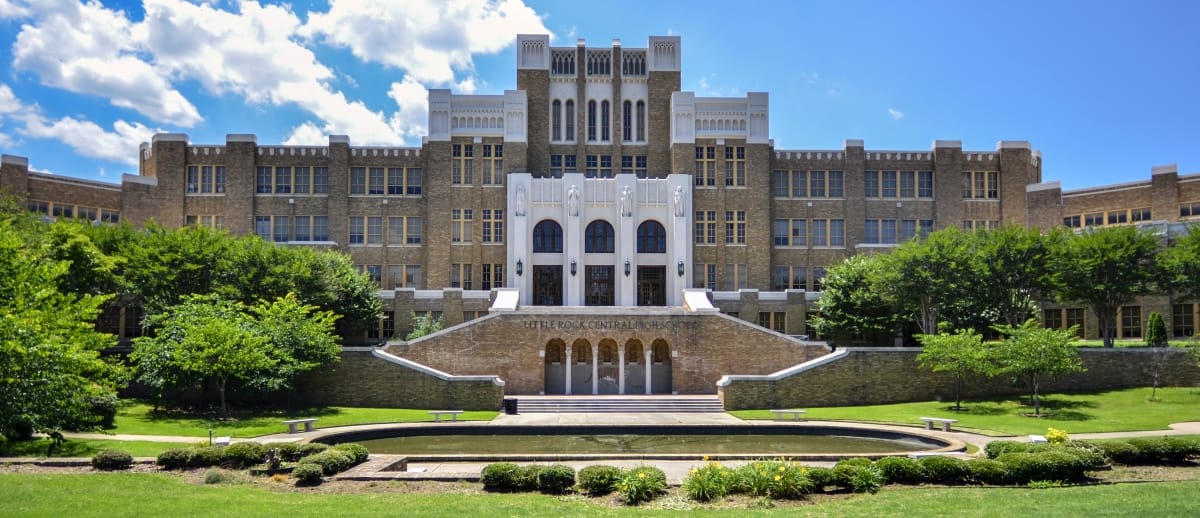

Sixty years ago, nine teenagers became the first black students to integrate Little Rock Central High School. This month, the city of Little Rock honors the perseverance and legacy of the Little Rock Nine through Reflections of Progress, a series of events commemorating the anniversary.
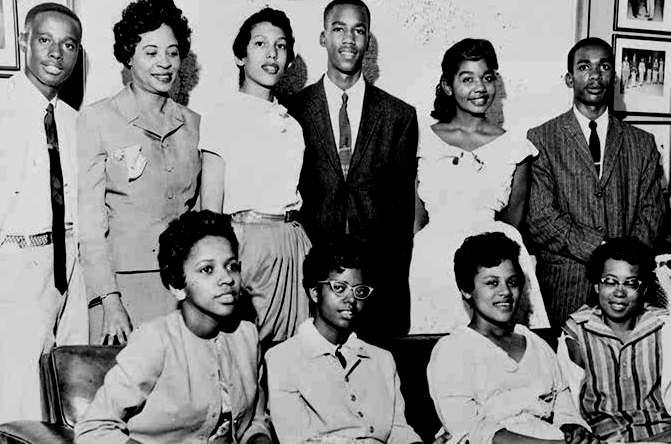
Under the leadership of Daisy Bates, the Little Rock Nine—Ernest Green, Minniejean Brown-Trickey, Elizabeth Eckford, Jefferson Thomas, Melba Patillo Beals, Terrence Roberts, Gloria Ray Karlmark, Carlotta Walls LaNier and Thelma Mothershed-Wair—faced mobs, threats and daily inequalities in their experience at Central High School, despite the U.S. Supreme Court ruling segregation in public schools unconstitutional three years prior to the group’s enrollment.
Reflections of Progress—an effort among the city of Little Rock, theLittle Rock Central High School National Historic Site and other partners—will present a symposium, commemoration ceremony and more Sept. 22nd through the 25th.
“I think that the 60th anniversary is a very good point to look at where education is in Little Rock and in the nation more generally,” said John Kirk, George W. Donaghey Professor of History at the University of Arkansas at Little Rock and director of the university’s Anderson Institute on Race and Ethnicity. “Little Rock played a pivotal role in enforcing Brown v. Board of Education.”

The city kicks off its celebration with a Sept. 22nd dedication of United, a sculpture by Clay Enoch, on the front lawn of Central High School, 1400 S. Park St., at 1 p.m. The closing event, a Commemoration Ceremony featuring the surviving eight members of the Little Rock Nine and a keynote address from former President Bill Clinton, will take place at 10 a.m. in Central High School’s Roosevelt Thompson Auditorium.
Kirk, who is from the United Kingdom, has written a number of books and articles tying the 1957 desegregation into a larger context of the civil rights movement in Arkansas in the decades before and after the Little Rock Nine entered Central. He says one of the main facts people around the world know about the capital city is the work of the Little Rock Nine.
“I think that coming from the U.K., one of the things that surprised me about doing this research here is how surprised people are to find out Little Rock is known around the world for the Little Rock school crisis,” he said. “It was a national event and also a major international event as well. People who live here often don’t appreciate that larger story and just how globally known it is.”
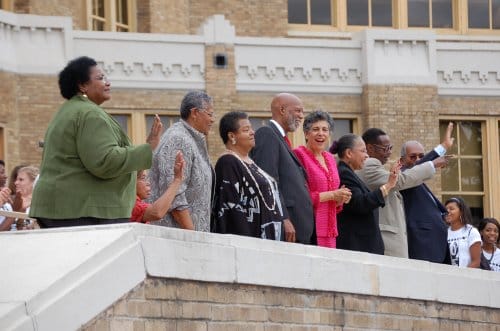
Through next spring, a number of special events, unrelated to the city-sponsored programs, will also recognize the 1957 desegregation and other civil-rights events. For example, the Anderson Institute on Race and Ethnicity is presenting a screening of documentary Teach Us All, which explores the legacy of the desegregation crisis and today’s issues in education. The free showing will take place at 6 p.m. Sept. 25th—the day of its official Netflix release—at Riverdale 10 in Little Rock.
Kirk said events like the screening serve as a chance to better understand how long the effects of the crisis lasted.
“One of the main impacts it had on the city, in particular, is the economic impact,” Kirk said. “Little Rock had been vying to become a viable city after the Second World War. The Little Rock School crisis just killed that dead in the water. New companies just didn’t want to locate to Little Rock with the public school system as a symbol of racial discord around the world.”
The public will also have a chance to reflect on the progress in the city of Little Rock through the Children of the Little Rock Nine: The Next Generation panel, during which the children will explore how the crisis affected their lives, and an Interfaith Service, which will combine leaders and members from various faiths. Both are Sunday, Sept. 24th with the panel at 3 p.m. and the service from 5-7 p.m.
“I think it’s good that the activities that are happening focus attention on what still remains, not just to remember what happened then, but to understand their long-lasting impact on the city,” Kirk said.
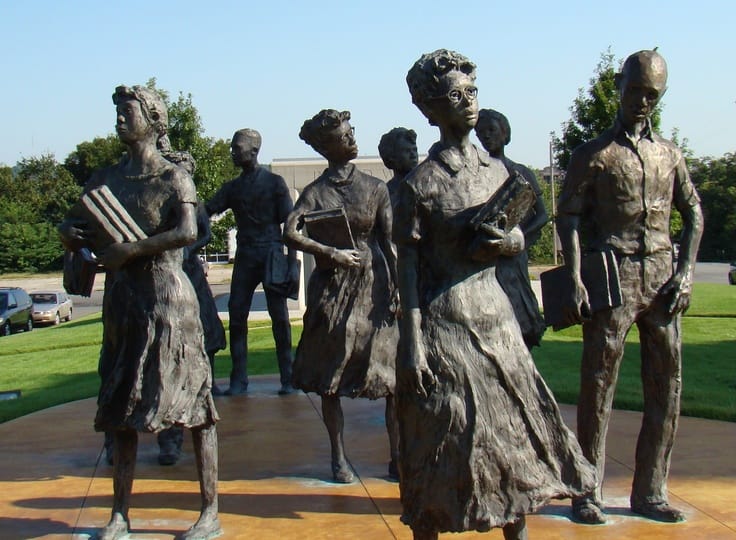
For a full list and more information on city of Little Rock sponsored events and other community programs taking place in honor of the 60th anniversary, visit centralhigh60th.org.
Join the Conversation
Leave a Comment
9 responses to “Little Rock Nine: 60th Anniversary of Central High’s Desegregation”
 Leave a Reply
Leave a Reply
We do the work.
You check your email.
Sign up for our weekly e-news.
Get stories sent straight to your inbox!







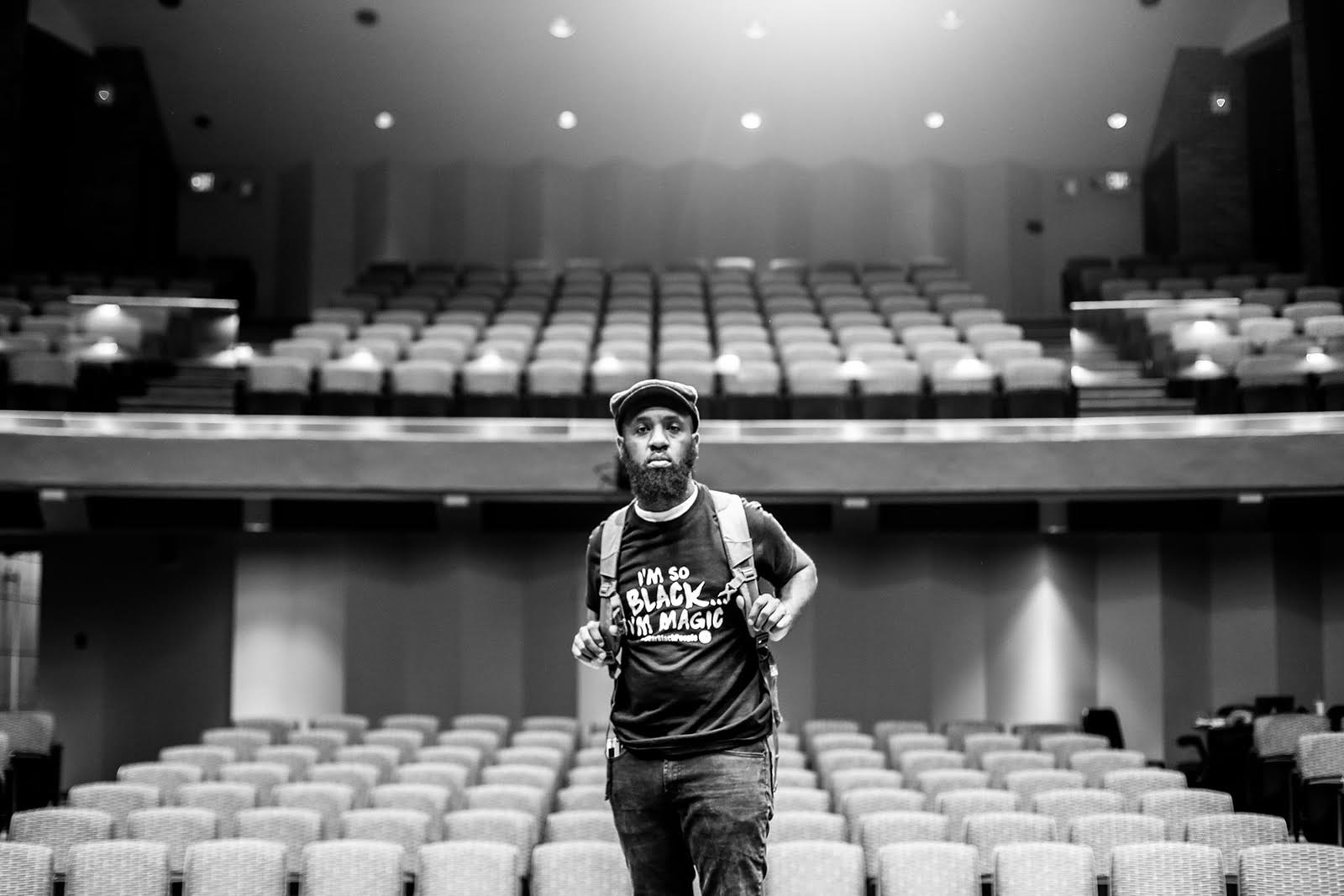

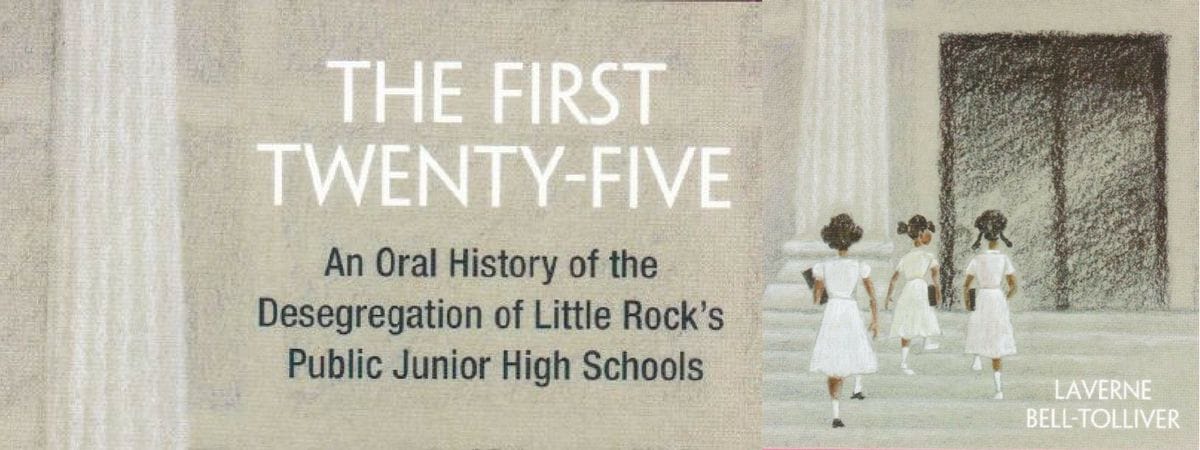

 Leave a Reply
Leave a Reply
[…] School in Little Rock. Testament is a series of bronze sculptures depicting the students dubbed “The Little Rock Nine” located on the State Capitol grounds and featured on the Civil Rights […]
[…] as the first African-American to graduate from Little Rock Central High. He was a part of the Little Rock Nine, the nine African-American students whose desegregation of the high school made national headlines […]
[…] opposed the desegregation of Arkansas’s public schools by sending in state troops to prevent the Little Rock Nine from attending Central High School. That summer, Faubus enacted a new law to close Little Rock high […]
[…] 60th Anniversary of the Little Rock Nine […]
[…] as early as 1721. Well-known sites like the Little Rock Central High School National Historic Site, Little Rock Nine “Testament” Statues, and the Mosaic Templars Cultural Center are locations that first come to […]
[…] — Central High School was desegregated when nine Black students enrolled. Governor Orval Faubus used the Arkansas National Guard to block the students’ entry. […]
[…] historic site pays tribute to the Little Rock Nine, who, in 1957, became the first African American students to enter Little Rock Central High School. […]
[…] reconnected with her Dunbar community and was a behind-the-scenes friend and consultant to the Little Rock Nine. Abrams assisted Daisy Bates and other advocates through the desegregation crisis. She later sent […]
[…] site, which played a significant role in the civil rights movement as the focal point of the Little Rock Nine integration crisis in […]